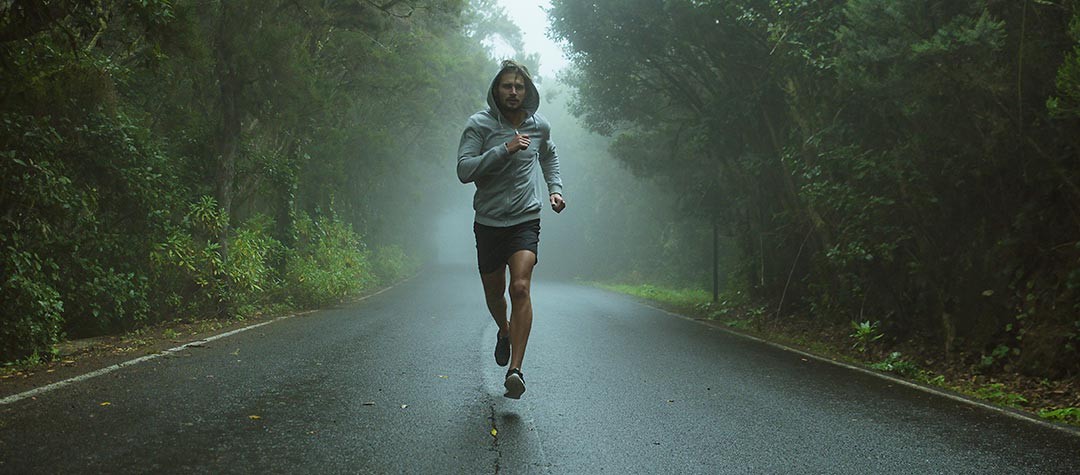For years cyclists have used revolutions per minute (rpm) and swimmers, stroke rate as part of their tool box of metrics, however, as runners should we be concerned with cadence? Many running watches now even calculate your cadence, yet what should you do with this information and just how important is it?
Essentially cadence is the number of times that your foot strikes the ground in a given time period, usually measured per minute. There are a number of factors that affect your cadence including your height, weight, leg length, stride length and general running ability. Therefore, given that there is so much individual variability there is no ‘optimal’ cadence. However monitoring your cadence values can certainly help to reduce the risk of injury and improve running economy.
Why should you monitor cadence?
It is important to remember that your running speed is essentially your stride length x your stride rate (or cadence).
A low cadence can often be indicative of overstriding, which tends to happen with natural heel strikers. Most runners who overstride tend to reach with their forward leg, lock out their knee and strike the ground heel first. This creates a braking effect, which is not only less economical, it also places a great deal of additional stress on the knee and hip joints.
As you increase your cadence you bring your landing foot closer to the centre of mass, which helps to maintain forward momentum and reduces the impact forces that your hips and knees are subjected to. In fact a study by Heiderscheit et al found that even small increases in cadence can substantially reduce the loading to the hip and knee joints during running.
Cadence can also be used as a marker of fatigue. Typically as runners begin to tire they lose form and their cadence decreases. This, along with information about pace and even heart rate can be useful in determining if there’s a point in your run when you can no longer sustain your target pace. You can then use this information to make some adjustments to your training.
How to maximise your cadence and stride length
If you’re looking for some gains in speed then here’s how to maximise your cadence and stride length:
-
Practise plyos
Plyometrics are explosive exercises such as jumps, bounds and hops that are designed to teach you to produce more force with minimal ground contact time. When running this ultimately translates to a faster turnover. Try introducing a small amount of plyometric work after an easy run once or twice a week.
-
Hang up your heavy shoes
Shedding even a small amount of weight from your shoes can have a big impact on your turnover as over the course of several miles you are essentially having to lift less weight. If your biomechanics are reasonably good then you may well be able to get away with running in slightly lighter shoes.
However, beware of the trade-off between lighter shoes and cushioning. Generally, the lighter the shoe, the less support and cushioning, so you need to weigh up whether a potential increased chance of injury is a risk that you are willing to take.
-
All hail hip extension
If you want to run faster then you need to increase your stride length . However, most runners tend to do this by over-reaching with their front leg and therefore heel striking, creating a braking effect.
The most biomechanically efficient way to lengthen your stride is to extend your back leg further behind you (extend at the hip). Unfortunately this is harder than it sounds to do as the vast majority of us have shortened hip flexors, as a result of spending too long sat at a desk.
You can practise achieving better hip extension by regularly stretching your hip flexors in a kneeling position. Kneel on one knee, whilst placing the foot of the other leg flat on the floor and bending the knee at 90 degrees.
Keeping your body upright, draw your belly button in towards your spine and gently push the hip of the kneeling leg forward. You should feel a strong stretch at the front of your hip.














